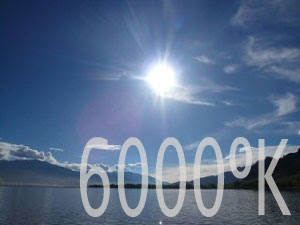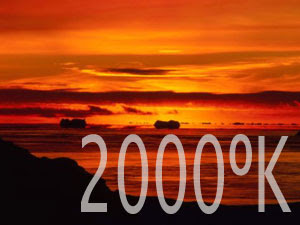Out in the midday sunshine

With a color temperature of 6000 ºKelvin, noon sunlight renders neutral colors. It has a color temperature similar to that of flash systems.
It is light that enhance or blur a detail. It is light that creates the illusion of depth, underline the textures and establish the ambiance.
When the sun is at its highest point in the sky the light is at its whitest and strongest. Contrast is very high. Shadows are very dark, so dark in fact that they generally appear black, although it is still possible to see some detail in the shadows.
To complicate matters, atmospheric haze and reflections become much more visible. Haze and reflections cause bright colors to lose saturation and wash out. They appear to be less saturated than at other times of the day. The strong contrast makes it difficult to appreciate objects, and above all "white" skin, in this sort of light. Shadows will "block up", highlights will blow out, or both. However in situations where contrast is naturally lower it can produce very appealing scenes. Water for example can really benefit from this strong light.
At noon, the small shadows and strong light are not very good at revealing or enhancing forms and details, and the low color saturation adds further flattening to a scene.





